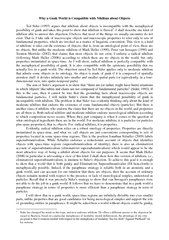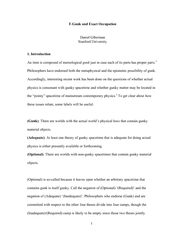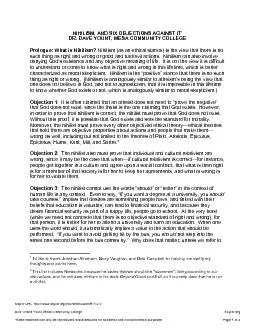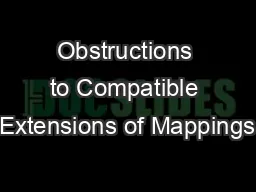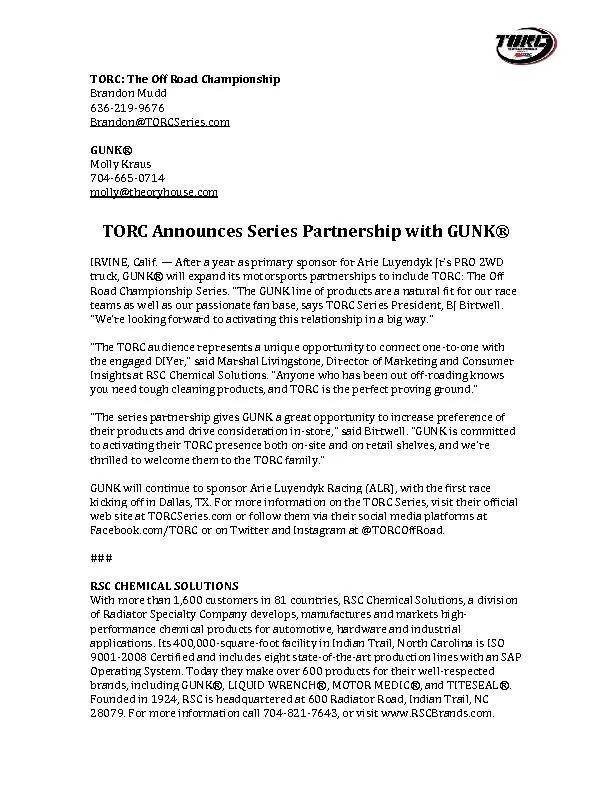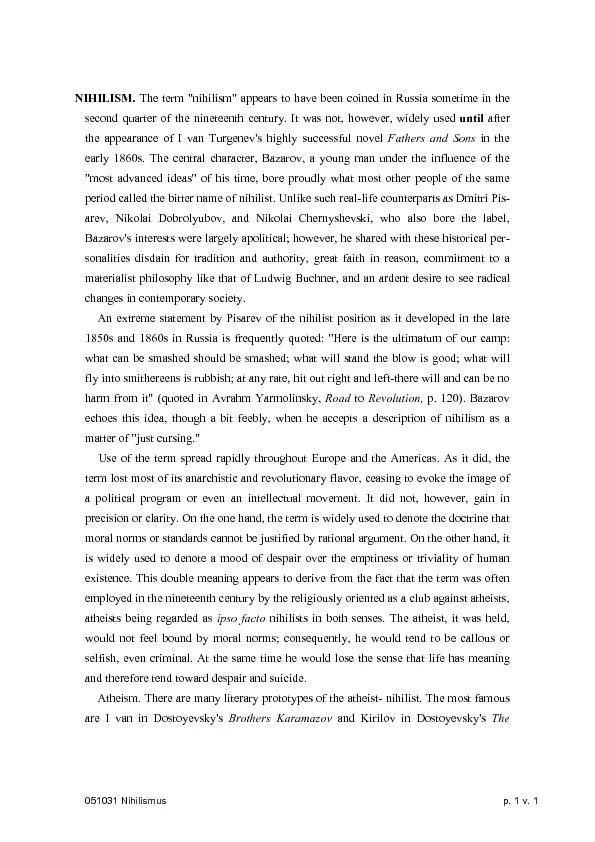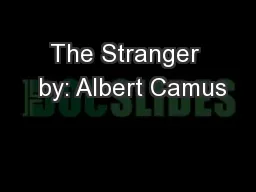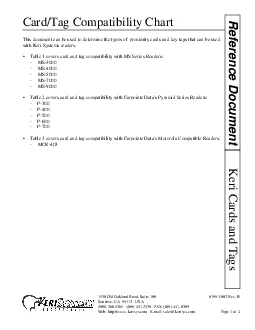PDF-Why a Gunk World is Compatible with Nihilism about Objects
Author : celsa-spraggs | Published Date : 2015-08-02
Ted Sider 1993 argues that nihilism about objects is incompatible with the metaphysical possibility of gunk and takes this point to show that nihilism is flawed 1
Presentation Embed Code
Download Presentation
Download Presentation The PPT/PDF document "Why a Gunk World is Compatible with Nihi..." is the property of its rightful owner. Permission is granted to download and print the materials on this website for personal, non-commercial use only, and to display it on your personal computer provided you do not modify the materials and that you retain all copyright notices contained in the materials. By downloading content from our website, you accept the terms of this agreement.
Why a Gunk World is Compatible with Nihilism about Objects: Transcript
Download Rules Of Document
"Why a Gunk World is Compatible with Nihilism about Objects"The content belongs to its owner. You may download and print it for personal use, without modification, and keep all copyright notices. By downloading, you agree to these terms.
Related Documents

